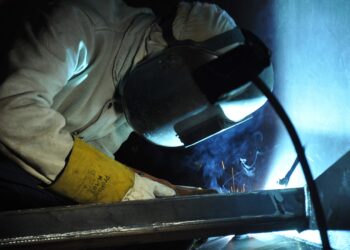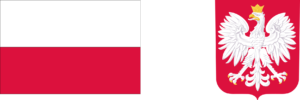In recent days, Central Europe has stood out as one of the coldest regions on the continent, experiencing a sharp contrast with both Southern Europe and Scandinavia. This thermal divide has been particularly striking, with Finland enduring an unprecedented and prolonged heatwave, while countries such as Poland, Czechia, Austria, and Germany faced temperatures significantly below seasonal norms.
The unusual weather pattern has been driven by a combination of meteorological factors. A dominant high-pressure system over the North Atlantic led to a blocking pattern that disrupted the typical west-to-east flow of air masses across Europe. This setup encouraged the descent of cold polar air into Central Europe, suppressing the westerlies and fostering a negative North Atlantic Oscillation (NAO) phase. As a result, daytime highs in Central Europe dropped well below average, with anomalies ranging between 4 to 7 degrees Celsius below the norm for this time of year. Residents across these areas experienced days that felt more like early autumn than mid-summer.
Meanwhile, the situation was remarkably different in Southern Europe, where countries like Spain, Italy, and Greece basked in stable high temperatures often exceeding 30°C. Yet even more astonishing were the conditions in Scandinavia—especially in Finland—where a prolonged and intense heatwave took hold. For up to 30 consecutive days in some areas, including parts of Lapland, temperatures exceeded 30°C. In Ranua, for example, the thermometer climbed as high as 30.4°C, marking one of the longest and most extreme stretches of summer heat Finland has seen since records began in 1961. This heat affected not only the southern regions but also extended well into the Arctic-adjacent northern areas of the country.
This climatic split, with chilly air entrenched over Central Europe and sweltering heat gripping both the south and far north, is part of a broader trend observed throughout 2025. Spring of this year was among the warmest on record across Europe, and there has been a notable increase in the frequency and intensity of extreme weather events. The same atmospheric dynamics that brought anomalous cold to some regions simultaneously fueled unprecedented heat in others, illustrating the increasing volatility of Europe’s climate.
In Finland, meteorologists and residents alike have expressed concern about the long-term implications of this extraordinary heat. Local infrastructure, wildlife, and ecosystems—typically adapted to cooler conditions—have been strained by the relentless warmth. Conversely, in Central Europe, the cooler-than-average summer has disrupted agricultural schedules and energy demands, particularly in sectors reliant on predictable seasonal patterns.
Taken together, these developments underscore the complexity and unpredictability of current climate dynamics in Europe. The sharp contrast between cold Central Europe and the sweltering extremes in the south and north is not only meteorologically fascinating but also emblematic of the challenges posed by a warming and increasingly unstable climate system.






